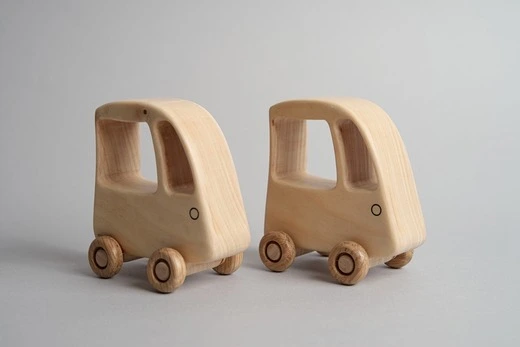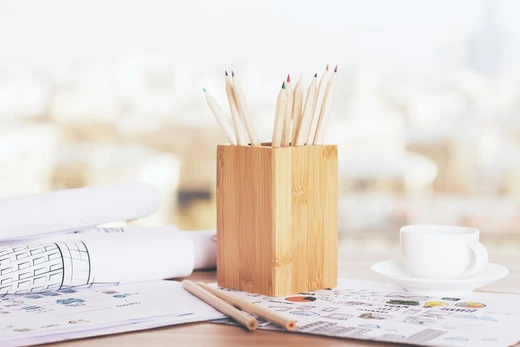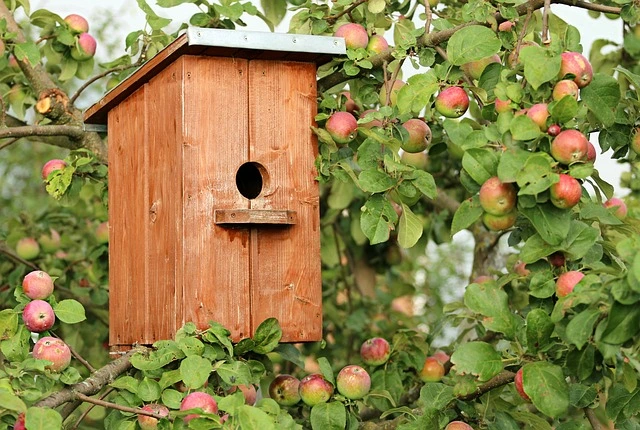10 Simple woodworking projects for preschoolers
When most people think of woodworking projects, the first thing that comes to mind is adult carpentry. However, there are many different types of woodworking projects that may be appropriate for kindergarteners. For example, kindergarteners can learn how to make simple tools, like a wooden spoon or an apple corer. Kindergarteners can also make birdhouses, cars, and boats out of wood. For more advanced kindergarten projects, kindergartners can build puzzles, create cool designs with wood burning tools, and carve letters into wood blocks.
When you choose a project, you should find a perfect balance between difficulty and safety. As for difficulty, ensure the instructions are simple enough for little ones to follow. Wherever possible, consider how you can offer support and help. Part of that is doing some of the work in advance. Can you cut and measure things before the session?
Children should be kept away from power tools and drills. As an alternative, kindergartners can use non-electric hand tools such as mallets and glue sticks. As a rule of thumb, it should not be used if it is sharp or heavy. Finally, preschoolers should wear safety glasses to avoid splinters or dust particles when working on wood projects.
1. Wooden cars
Students range in age from 3 – 7. That is one of the projects kids can do independently, sometimes with assistance on certain tasks. Kids aged 3 and 4 would need a fair amount of help from their parents or teachers.
Teachers can find some ideas on the Internet, especially designs. A wooden car toy can make your child feel like driving a real car. The feeling is fantastic. If your kid loves cars, nothing can beat creating a wooden car to drive. Keep the kid with you during the project and give him simple roles to play in the process. Taking part in this kind of fun project is a way for your child to explore creative abilities.

2. Animal figures
The first step is to design the animal on paper, cut it out, and laminate the design for a tracer that you can use again for future animals. The project helps the kid to draw.
The kid might have to draw the animal directly on a piece of suitable wood, which is quick and easy. When the outline is drawn onto the wood using a scroll saw to cut it. Animal figures also help in storytelling. Make different animals to help your kid’s memory.
3. Wooden puzzles
Wooden puzzles develop the child’s motor ability and strength by handling pieces. It improves social skills and encourages cooperation to complete the puzzle, take a turn and solve each other problems.
The project requires perseverance and encourages them to have a sense of accomplishment, boosting their self-esteem. Kids under three should not play with small puzzle pieces without supervision, as they pose a choking hazard. Avoid teaching the kid the building method.
4. Step-stool
Making a step stool for kids is not just for fun but helpful. When they are younger, kids have a difficult time reaching things. It is not every time someone is around to assist. If your child needs to get to their toothbrush before bed or the high areas of the closet, they might need the stool.
Help kids learn how to make angled cuts and apply a finish. It should be high enough for a child to reach a counter or sink, but not too high that they could injure themselves.
5. Photo frame
This project is for kids who are interested in photography. They can make wooden photo frames and display their photos. They can use any wood they want and be as creative as they want with the design. They can also write their initials on the frame or add other decorations.
Photographs contribute to your child’s growth and development until they reach their teenage years. Give them opportunities to plan and direct these photos. Being involved gives them a sense of responsibility and control. Play a game of handing the frames to your kids, and asking them what they would like to photograph around the house. Make sure they do not break the glass on the photo frame.
6. Pencil holder
It opens up creativity and confidence when you color what you want. As a teacher/parent, you can sketch some paper dolls with outfits for the kid to color and make many copies. The next time the kid becomes confident enough to make paper dolls or cars for themselves.
Coloring helps kids share emotions through colors and pictures (Handyhandouts.com). It also allows kids to express their feelings in pictures when they may not have the words to explain them. The project helps your child learn to grip their pencil when they are young to improve their speed and legibility later.

7. Wooden spoon
Allowing your baby to play with household items such as wooden spoons, cardboard boxes, or plastic containers can encourage their development as much as toys. Children imitated using a wooden spoon and became more experimental, prepared, and adventurous. That way, you are busy shaping them into adulthood as they familiarize themselves with the utensil.
Spoon carving will improve your kids’ woodworking skills as they learn how to carve a wooden spoon from start to finish. Making these spoons does not require using artificial substances or chemicals, keeping them safe from your kid.
8. Birdhouses
Pre-drilling the nail holes will make it easier for children to hammer in the nails. Supervision from the teacher or parent is a must. It is easy for them to hurt themselves.
Building a birdhouse is a great way to teach your child about the needs of nature, and help them develop the basics of woodwork. Allow kids to design and build a birdhouse using found materials to boost engineering skills.

9. Popsicle stick houses
Popsicle sticks are an easy, affordable craft material to work with. Your child is learning life skills while making crafts with popsicle sticks. Sticking popsicle sticks together is a way to learn about patterns and practice counting.
It teaches shapes and colors. Kids must find and identify the shapes required to construct the popsicle house, which teaches them about squares, triangles, rectangles, and other shapes. Popsicle sticks also encourage critical thinking. They get kids thinking about the result and the steps to get there. Popsicle sticks are an easy, affordable craft material to work with.
10. Wooden blocks
When it comes to wooden blocks, a chainsaw is much faster (Popularmechanics.com). The kid may be afraid of chainsaws, but parents may help with this step. Sanding the edges is optional since sometimes the edges are not too rough. There is no risk of splinters or cuts. Put natural beeswax on your blocks to seal them.
Wooden blocks make a bridge, stepping stones, towers, and animals. Wooden blocks are an excellent way to reuse nature and help bring natural toys to your child’s work. Wooden blocks can be so easy with the help of parents. If you do not have a saw machine, kids can make smaller blocks using smaller tree trunks, but they need help since cutting tools are dangerous to kids.
Final Tips
There are many versions of these projects. Preschool kids will not be able to make the most complex ones. The fewer moving parts and things to put together, the better. Kindergarten woodworking projects should be fun and creative but safe and easy to do. With the right guidance, Kindergarteners can learn the basics of woodworking safely and enjoyably!
- Grain and Sheen: Teak Oil versus Danish Oil Uncovered - January 10, 2024
- The Cherry on Top: Crafting the Perfect Cutting Board - January 9, 2024
- Polyurethane Water-Based vs Oil-Based: Choosing the Right Finish - January 8, 2024